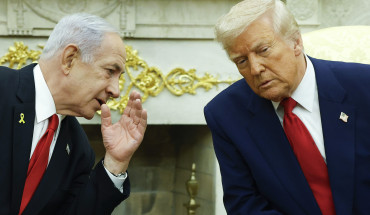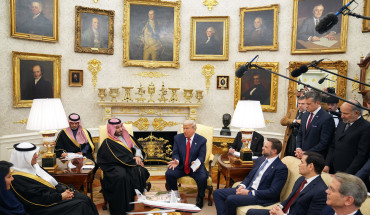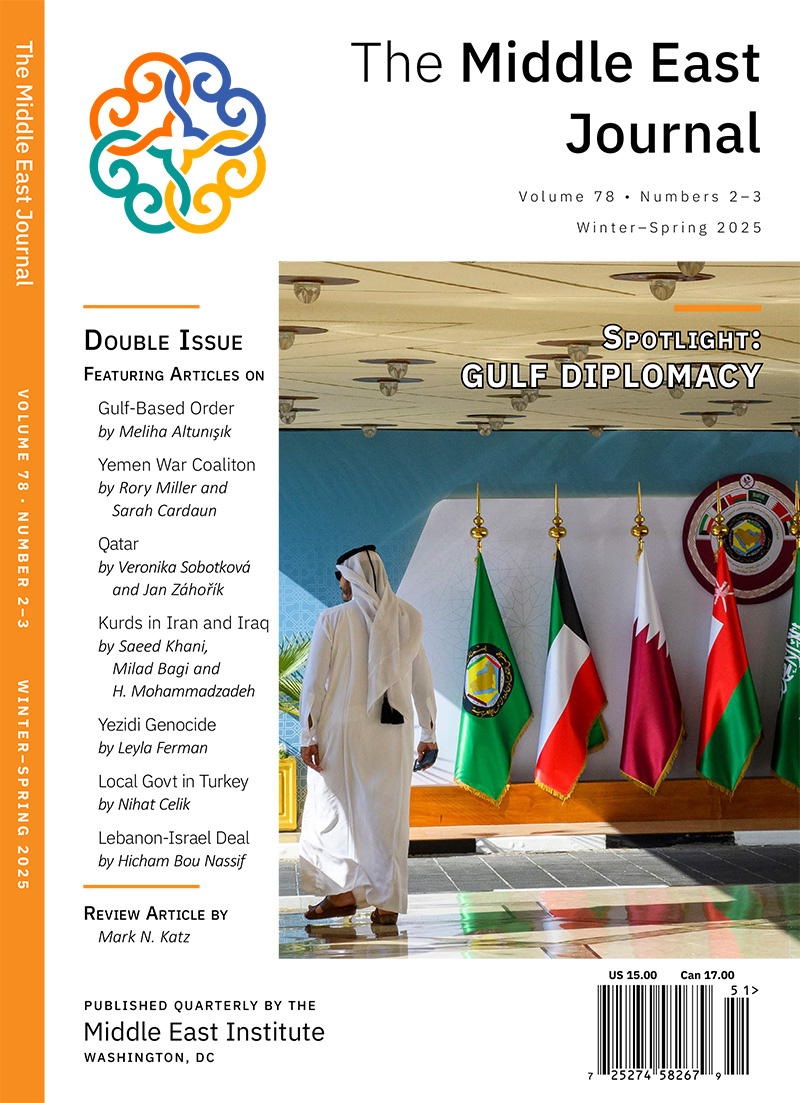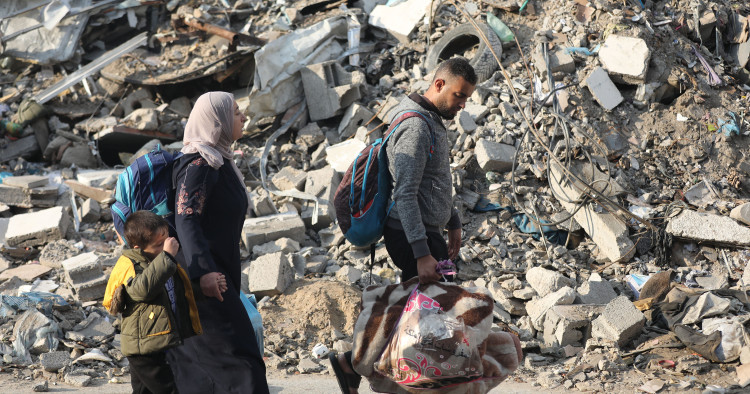To use an analogy, if this Gaza ceasefire deal were an aeroplane, it is currently picking up speed on the runway and arrives at the crucial point of immediate takeoff when all hostages held in Gaza are released in exchange for 2,000 Palestinians in Israeli prisons. This moment of “takeoff” will mark the end of a war, but the beginning of what is sure to be a long and bumpy flight. Time will tell if the plane ascends to higher altitudes or comes crashing to the ground.
Given the unsettled situation in the Middle East, one thing is certain: there will be turbulence ahead. Here, I identify four hurdles to overcome to ensure the ceasefire sticks this time.
1. Hamas disarmament
First and perhaps foremost is the question of whether Hamas will give up its weapons. The Islamist movement has built its legitimacy and credibility on the fact that it stood up to Israel. “Resistance” is literally its middle name. But the movement has sustained multiple losses and failures over the past two years of war, and there are many open questions about how the remnants of the leadership and rank and file of Hamas will operate in the coming phase—questions that won’t likely be answered in a short period of time.
The Middle East Institute (MEI) is an independent, non-partisan, non-for-profit, educational organization. It does not engage in advocacy and its scholars’ opinions are their own. MEI welcomes financial donations, but retains sole editorial control over its work and its publications reflect only the authors’ views. For a listing of MEI donors, please click here.













